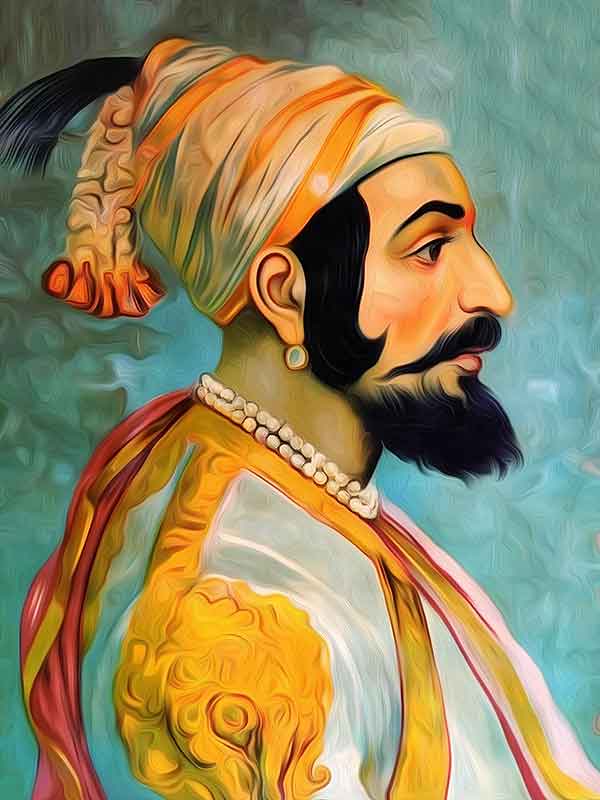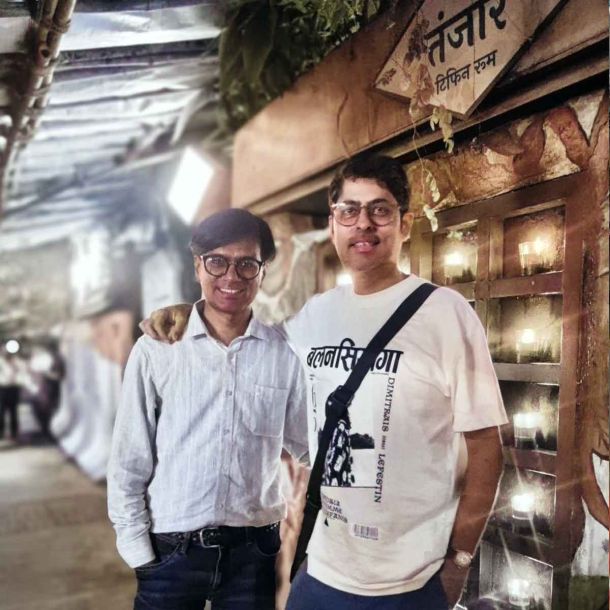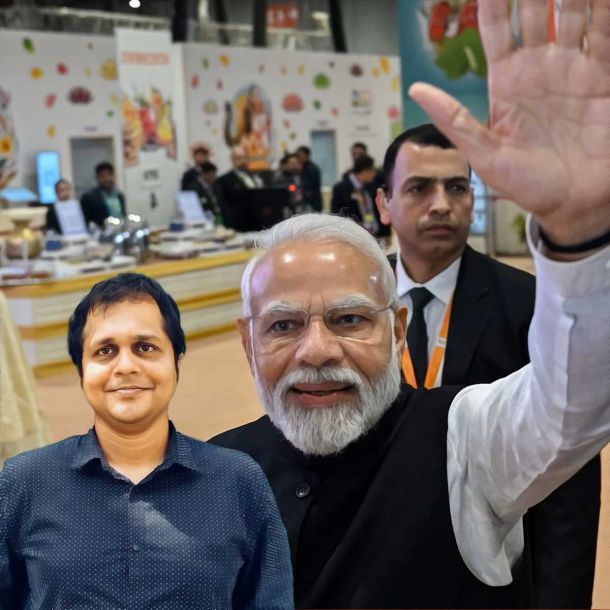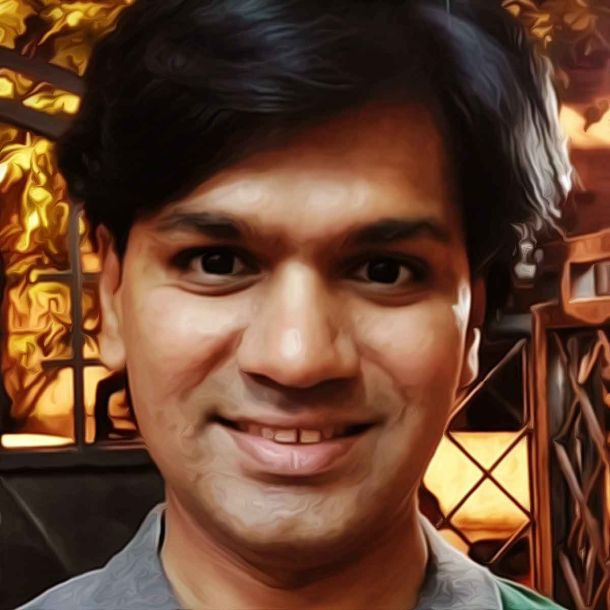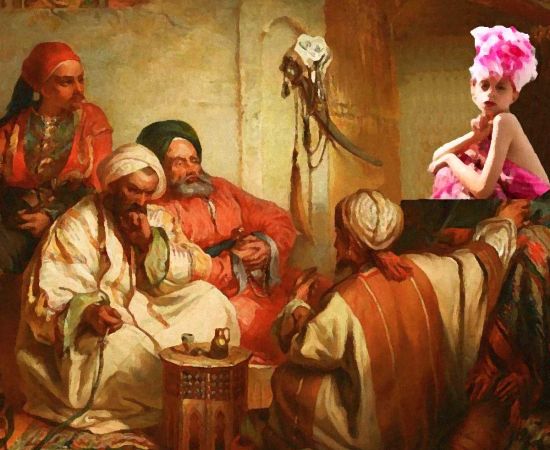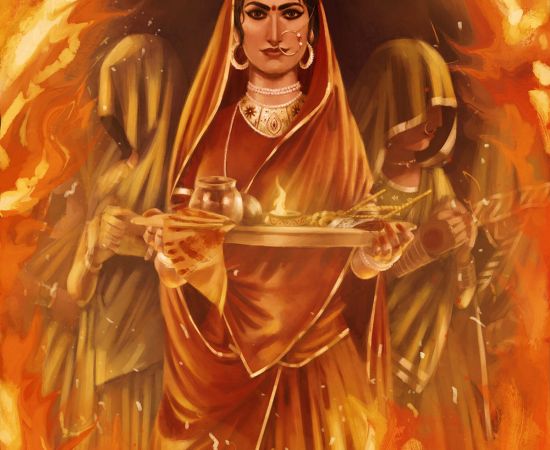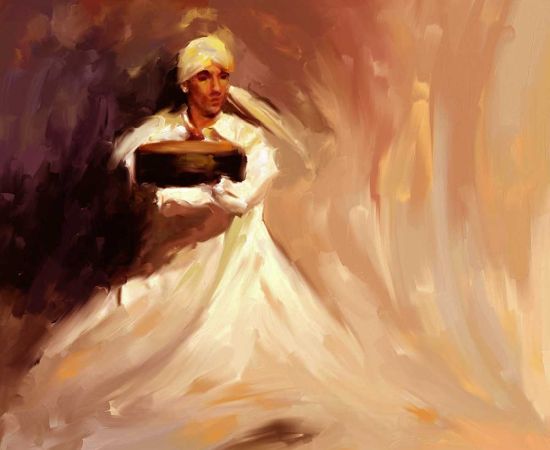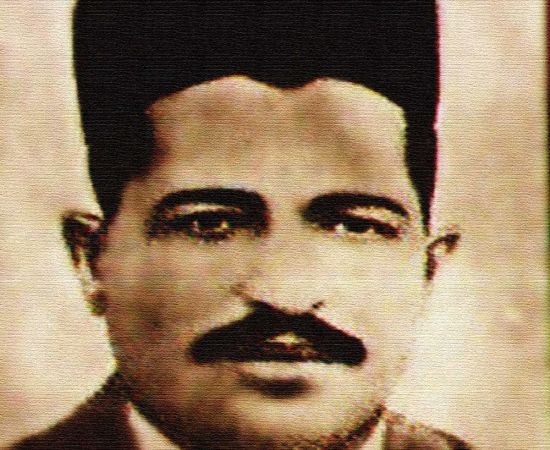More Coverage
Twitter Coverage
Satyaagrah
Written on
Satyaagrah
Written on
Satyaagrah
Written on
Satyaagrah
Written on
Satyaagrah
Written on
JOIN SATYAAGRAH SOCIAL MEDIA
Largest Hindu temple in the Southern Hemisphere opened in Johannesburg by Deputy President Paul Mashatile, with Mahant Swami Maharaj leading the consecration; built on a 14.5-acre site with 12,500 volunteers, serving as a hub for spirituality and unity
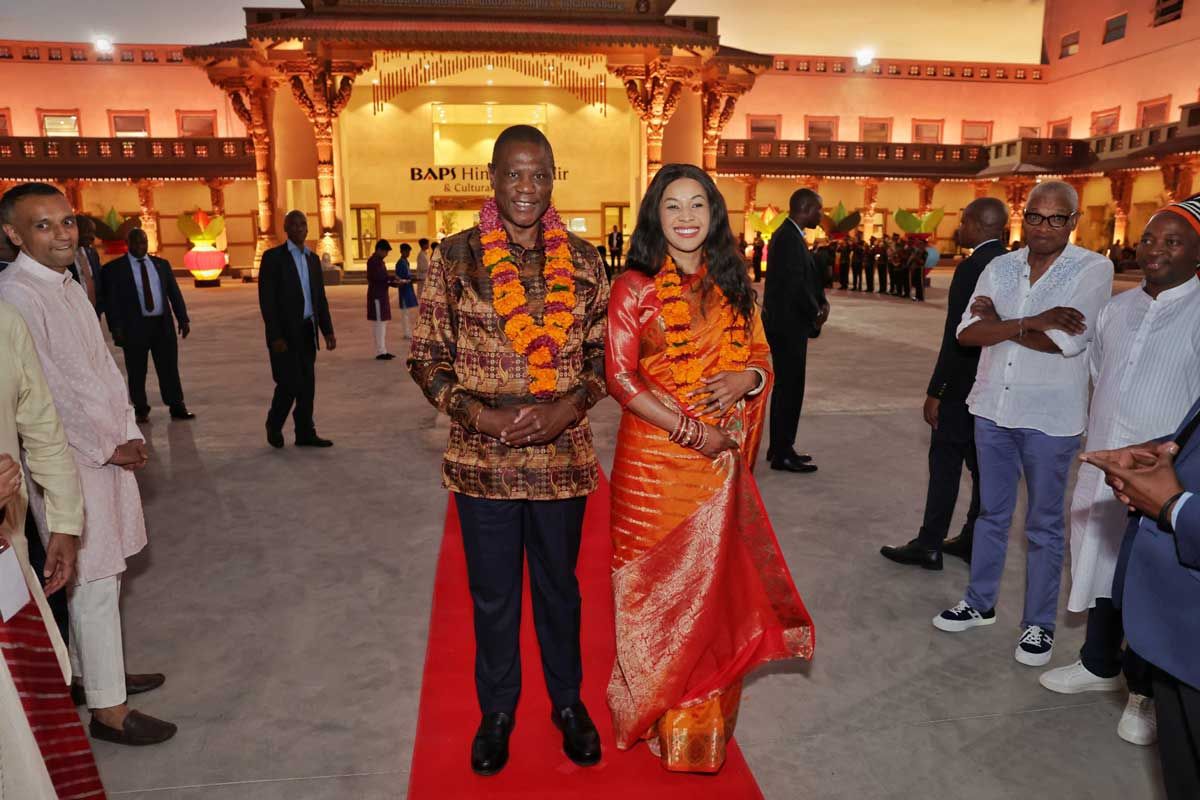
On Sunday, 2nd February, a historic event unfolded in Johannesburg, South Africa, as the largest Hindu temple in the Southern Hemisphere was inaugurated. The grand ceremony, attended by thousands of Hindu worshippers, marked a monumental moment for the Indian community in South Africa, whose cultural and religious identity is deeply interwoven with Hinduism. This temple is not just a spiritual milestone but a reflection of the profound cultural heritage carried by the Indian diaspora in the nation. The unveiling was led by Deputy President Paul Mashatile, adding significance to the occasion.
|
|
The temple, a part of the Bochasanwasi Akshar Purushottam Swaminarayan Sanstha (BAPS) Multi-Cultural Centre and Temple, symbolizes more than just a place of worship. Mashatile, during the inauguration of the first phase of the complex, emphasized the alignment of BAPS principles with South Africa’s core values. He pointed to Ubuntu, a philosophy centered on humanity and interconnectedness, highlighting the shared ideals between the Hindu way of life and South African traditions.
“We should reflect on the role that the Hindu community plays in nation-building," Mashatile remarked. “This community has a rich cultural heritage and values and has played a pivotal role in shaping the social fabric of our diverse society.” His statement acknowledged the significant contributions of the Indian population, whose efforts have enriched various aspects of South Africa’s development and cultural harmony.
Mashatile further lauded the contributions of BAPS, emphasizing its dedication to uplifting communities. “BAPS is well known for its commitment to humanitarian service, social upliftment, and cultural preservation, with the new temple serving not only as a place of worship but as a sanctuary of peace, knowledge, and spiritual enrichment for people of all backgrounds,” he added. The temple complex thus stands as a beacon of inclusion, embracing not just the Indian community but all South Africans who seek spiritual growth and a deeper understanding of cultural diversity.
This inauguration represents a powerful testament to how religious and cultural institutions can strengthen a nation’s unity by promoting values of service, compassion, and peaceful coexistence. The temple will serve as a focal point for future generations, ensuring that the Indian community’s rich legacy continues to inspire and guide society. The large turnout at the event also reflected the growing appreciation for cultural preservation and the pivotal role of spirituality in fostering both personal and collective well-being.
The inauguration of the largest Hindu temple in the Southern Hemisphere was not just an architectural achievement but also a cultural and social milestone. A BAPS spokesperson engaged with the media, outlining the broader vision behind the project. He emphasized that the temple is designed to foster unity and understanding across different communities and faiths. According to the spokesperson, "The purpose of the establishment is to enhance intercultural and inter-religious dialogue. The BAPS wants the establishment to serve as the center of spirituality, education, and social engagement for the region in the future." This reflects the temple's role as more than a spiritual sanctuary—it is intended to be a hub of learning, cooperation, and mutual growth.
Speaking further about this vision, BAPS Spokesperson Hemang Desai elaborated on the inclusive nature of the project. He remarked, "It is going to be an all-inclusive hub that opens scopes for communication and networking but gives enough elbow room for prayers. This vision shines through in seeing the temple from more than merely a religious standpoint, but with the intent that it would evoke understanding and mutual cooperation between several cultures and religious beliefs." This commitment to promoting harmony and dialogue between communities highlights the temple's central mission of bringing people together, regardless of their religious or cultural backgrounds.
The grandeur of the inauguration was elevated by the presence of Mahant Swami Maharaj, the revered 92-year-old head guru of BAPS, who traveled all the way from India to lead the event. On Sunday, he performed the sacred puja during the temple's consecration ceremony, blessing the site with spiritual significance. His participation underscored the deep religious importance of the occasion for both the local and global Hindu community.
The temple, situated on a vast 14.5-acre plot of land, is a marvel of traditional craftsmanship and modern vision. Constructed using carefully sourced stones, the temple bears architectural similarities to another prominent BAPS temple located in Nairobi, Kenya. However, this establishment is much more than a place of worship. It boasts a 3,000-seater auditorium, a 2,000-seater banqueting hall, a research institute, classrooms, exhibition areas, recreational centers, and even a clinic to serve the needs of the community. These facilities reflect the temple’s commitment to being a center for education, cultural celebration, and public service.
|
The festivities surrounding the consecration began even before the main ceremony. On Saturday, 1st February, a colorful nagar yatra procession was organized in Johannesburg, featuring 12 Hindu monks, devotional music, marching bands, and dancers. The joyous atmosphere filled the streets, symbolizing the collective pride and devotion of the Hindu community. The vibrant parade demonstrated how the temple project has united people in celebration and spiritual reflection.
Deputy President Paul Mashatile took center stage during the inauguration, emphasizing the importance of the newly established temple as a symbol of unity, cultural pride, and spiritual strength. He called the temple a "beacon of faith, culture, and unity" and underlined its potential to inspire cooperation and upliftment across the nation. During his address, Mashatile invited BAPS authorities to collaborate with the government in combating the pressing issues facing South Africa. These include poverty, unemployment, violence, substance abuse, and gender-based violence—challenges that require both spiritual and social interventions to address effectively.
The selection of Johannesburg as the location for this monumental temple was intentional, as explained by BAPS spokesperson Hemang Desai. He noted that the city already has a strong and devoted Hindu population, making it an ideal choice for such a significant religious and cultural center. In his statement to the media, Desai revealed plans for the next phase of the project. “Phase two, which will begin very shortly, will be a very ornate Hindu temple with ancient Hindu architecture spanning from thousands of years ago spanning on South African soil,” Desai explained. This phase is expected to showcase intricate and time-honored elements of Hindu architectural heritage, further reinforcing the temple's spiritual significance.
The temple project has also received international recognition. In 2023, during his visit to Johannesburg for the BRICS summit, Prime Minister Narendra Modi personally visited the under-construction temple site. Modi praised the initiative, commending the efforts to strengthen the Hindu presence and cultural influence in South Africa, where Hindus constitute approximately 2% of the country's population. His visit highlighted the global significance of the temple as a representation of India's rich spiritual legacy and the enduring ties between the Indian and South African communities.
The construction of the temple began in 2011 and reached completion this year after over a decade of dedicated work. What makes this accomplishment even more remarkable is the scale of volunteerism involved in the project. Around 12,500 volunteers from various parts of the world contributed their time, skills, and effort to bring the temple to life. Their selfless service underscores the global devotion to preserving Hindu traditions and fostering intercultural unity.
The temple now stands as a lasting testament to these efforts. Built with dedication and passion by volunteers, it symbolizes an enduring love for Hinduism and its core values of service and compassion. Beyond its religious role, the temple is expected to continue enhancing intercultural and interfaith dialogue in South Africa, promoting peaceful coexistence and mutual respect. It serves as a powerful reminder of how cultural and spiritual endeavors can create lasting impact, inspiring generations to uphold values of cooperation and unity in an ever-diverse world.
 Support Us
Support Us
Satyagraha was born from the heart of our land, with an undying aim to unveil the true essence of Bharat. It seeks to illuminate the hidden tales of our valiant freedom fighters and the rich chronicles that haven't yet sung their complete melody in the mainstream.
While platforms like NDTV and 'The Wire' effortlessly garner funds under the banner of safeguarding democracy, we at Satyagraha walk a different path. Our strength and resonance come from you. In this journey to weave a stronger Bharat, every little contribution amplifies our voice. Let's come together, contribute as you can, and champion the true spirit of our nation.
 |  |  |
| ICICI Bank of Satyaagrah | Razorpay Bank of Satyaagrah | PayPal Bank of Satyaagrah - For International Payments |
If all above doesn't work, then try the LINK below:
Please share the article on other platforms
DISCLAIMER: The author is solely responsible for the views expressed in this article. The author carries the responsibility for citing and/or licensing of images utilized within the text. The website also frequently uses non-commercial images for representational purposes only in line with the article. We are not responsible for the authenticity of such images. If some images have a copyright issue, we request the person/entity to contact us at This email address is being protected from spambots. You need JavaScript enabled to view it. and we will take the necessary actions to resolve the issue.
Related Articles
- An ancient Mata Tripur Sundari temple located in a remote forest area was burnt down in Kulgam: Jammu & Kashmir Police tries to downplay the event saying it was a minor fire caused by 'diyas/arti’
- "क्षमाकरो प्रभु": Plagued by nightmares and his son’s illness, a remorseful thief returned a 100-year-old Radha Krishna idol stolen from a temple in Prayagraj, leaving an apology letter begging for forgiveness, claiming ignorance & concealing his identity
- "नमस्ते शारदे देवि काश्मीरपुर-वासिनि": Devi Sharada has returned to Kashmir - a historical center of India’s cultural, religious & academic heritage that was once Centre of knowledge where scholars across the country use to visit for spiritual knowledge
- Narasimha Rao govt brought places of Worship Act as a hurdle in reclaiming ancient Hindu heritage destroyed by Muslim invaders
- 5 lakh kg of temple jewellery has been melted so far, DMK government planning to melt even more
- 1200 years old rarest idol of Lord Narasimha and devotee Prahlada identified in Qutub Minar complex by renowned archaeologist Dharamveer Sharma: special attraction for religious and researching community
- Madras High Court noted that 'tolerance is the hallmark of Hinduism, devotees could not be denied their right to worship at any cost': directed authorities to allow chanting prayers at Sri Varadaraja Perumal Temple
- "A miracle is the direct intercession of a higher plane of reality into this world": Pathirakali Amman Temple in Trincomalee is a Hindu temple dedicated to the goddess Bhadrakali, a form of the goddess Kali Amma in Trincomalee, Eastern Province, Sri Lanka
- Mob attacks Kalash Yatra taken out from Shiv Mandir located in Gautam Nagar, 8 injured and 25 arrested in Aarey Colony: Mumbai Police says ‘personal misunderstanding, slapped the sections of rioting and 307'
- "चलाक मंदबुद्धि": Muslim man Sher Khan pelts stones at Ram Temple, threatens Mahant, claiming the temple belongs to Muslims; Mahant Arun Chaudhary asserts Sher Khan is faking mental instability, only targeting Hindus and making a fool out of everyone
- DMK Govt’s move to take over the Ayodhya mandapam using Tamil Nadu HRCE department failed utterly after Madras HC set aside the order: Dravidianists had a meltdown over a win for Hindus
- "Every experience is an opportunity to encounter the Divine": Manikaran Shiva Temple, Parvati Ghati, Himachal Pradesh, India where you can witness hot water springs and the temperature varies from 45° to 60° that is used for boiling rice as a Prasadam
- Proud Kalyan Singh refused to give orders to shoot Karsevaks and chose to resign as CM of UP instead: Karsevaks not only reached atop the dome but had also started breaking it, where Ram Mandir stands today
- Blast from the past: why DMK government’s idea to melt temple gold is dangerous?
- “The bigmouths never visited Lord Ram’s birthplace and kept on playing politics”: Ram Mandir chief priest says only BJP cares about Ram Mandir, Modi did Shilanyas and CM Yogi visited 40 times
